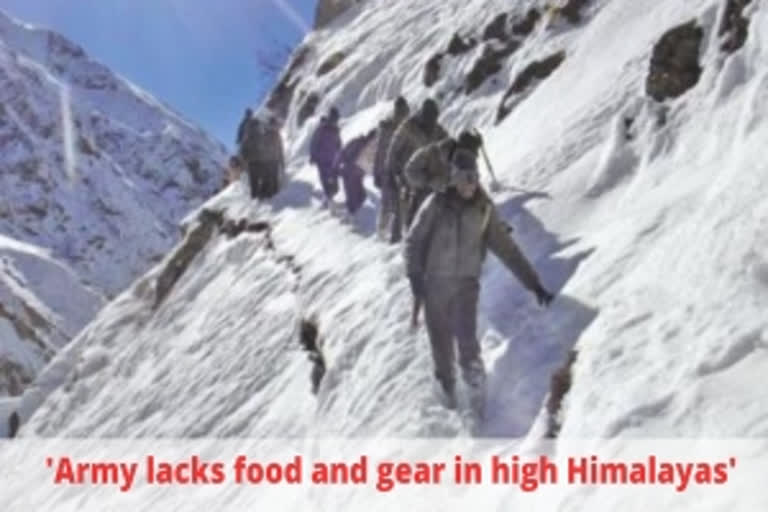New Delhi:Startled by its own findings on serious lapses and deficiencies in supplying High Altitude Clothing and Equipment (HACE) and special food to Indian army soldiers posted in the extreme zones of the Himalayas like Siachen, Doklam, and Ladakh, the Comptroller and Auditor General (CAG) has asked the Ministry of Defence (MoD) for data on disabilities and casualties due to such causes.
The CAG report ordered the MoD to furnish data “being maintained to identify the number of casualties/disabilities to troops, which is especially attributable to the shortcomings in procurement and supply process of the HACE items.”
The MoD had not replied till the writing of the report in September 2019.
The national auditor’s report was tabled in the Rajya Sabha on December 13 but could not be laid down in the Lok Sabha due to which CAG has not yet released the castigating report which highlights the hazards and dangers faced by soldiers doing their national duty in the high Himalayas by turning the searchlights on issues of availability, supply and quality of these critical items including food.
HACE includes Extreme Cold Clothing and Equipment (ECC&E) and Special Clothing and Mountaineering Equipment (SCME).
While ECC&E items are given to soldiers deployed above 9,000 feet altitude in the Eastern Command and above 6,000 feet in other commands, SCME items are supplied to soldiers in very high altitude areas like Siachen.
Citing an example, the CAG report, which covered the period from 2015-16 to 2017-18, said that the stock level of ‘Goggle All-Terrain’ an ECC&E item used to protect soldiers from visionary ailments at high altitude was critically low.
So much so that when demand was raised for 750 snow goggles for the issue to a unit of soldiers on its arrival in a high altitude area, they simply could not be provided for.
Read:President kovind arrives in Hyderabad for winter Sojourn
“The impact of the shortage was vision impairment to soldiers as was reported (December 2017) by users. The snow goggles were not provided till the time of audit (July 2018),” the report said.
